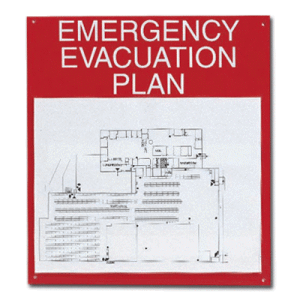Emergency and Disaster Recovery Planning
August 30, 2012 - 2 minutes read Emergency and disaster recovery plans are essential in case of a crisis such as fire, natural disaster or severe weather event. This involves first determining the types of hazards that could occur in your locality, and then taking steps to develop a broad-ranging plan in case of these catastrophes.
Emergency and disaster recovery plans are essential in case of a crisis such as fire, natural disaster or severe weather event. This involves first determining the types of hazards that could occur in your locality, and then taking steps to develop a broad-ranging plan in case of these catastrophes.
Your plan should include procedures for emergency situations, and designate personnel to be in charge of the required actions. Matters to consider include:
- Procedures for evacuation – this involves providing a safe place for congregants, staff and visitors to gather in an emergency situation, and the provision of at least two safe escape routes to get there.
- Utility shut-offs – it’s important to know where and how to do this if required in an emergency.
- Communication procedures – including contact with emergency services and other sources.
- Emergency supply kit – in case people become trapped in the building for a time period. This may need to include bottled water, non-perishable food, blankets and other items.
- Medical assistance – includes determining who will be in charge of First Aid, and where any required treatment should take place.
- Fire-safety equipment use – in the case of fire it’s important to have personnel who are fully trained in all aspects of fire-safety.
- Floor plan of the property – this should be on display and should clearly indicate all exits and escape routes.
- Procedures for the protection of assets and vital records – this should include computer back-ups onto external storage devices, and the protection of important documents.
Following a disaster situation, your organisation should have procedures in place for recovery. Some considerations for this include:
- Site security and safety.
- Salvage of contents.
- Debris removal if required.
- Appointment of contractors for repair work.
- Lodging of insurance claims.
- Alternative premises if required while repairs are being done.
In addition, depending on the size of your church, you may want to appoint an emergency plan officer or a committee to oversee matters of safety and disaster response and recovery.
You can read more posts on emergency planning here.
Written by Tess Oliver
Tags: emergency, health & safety
Recent Comments